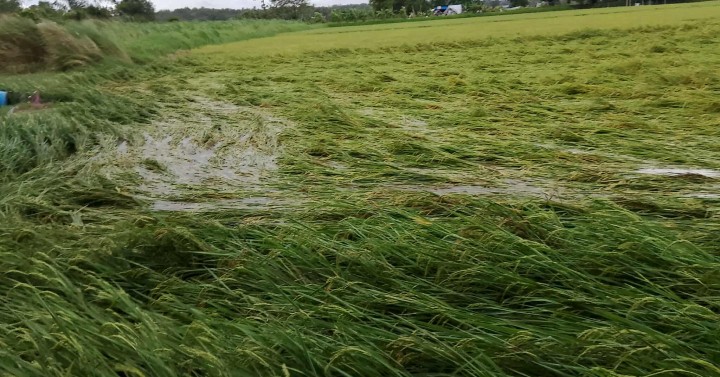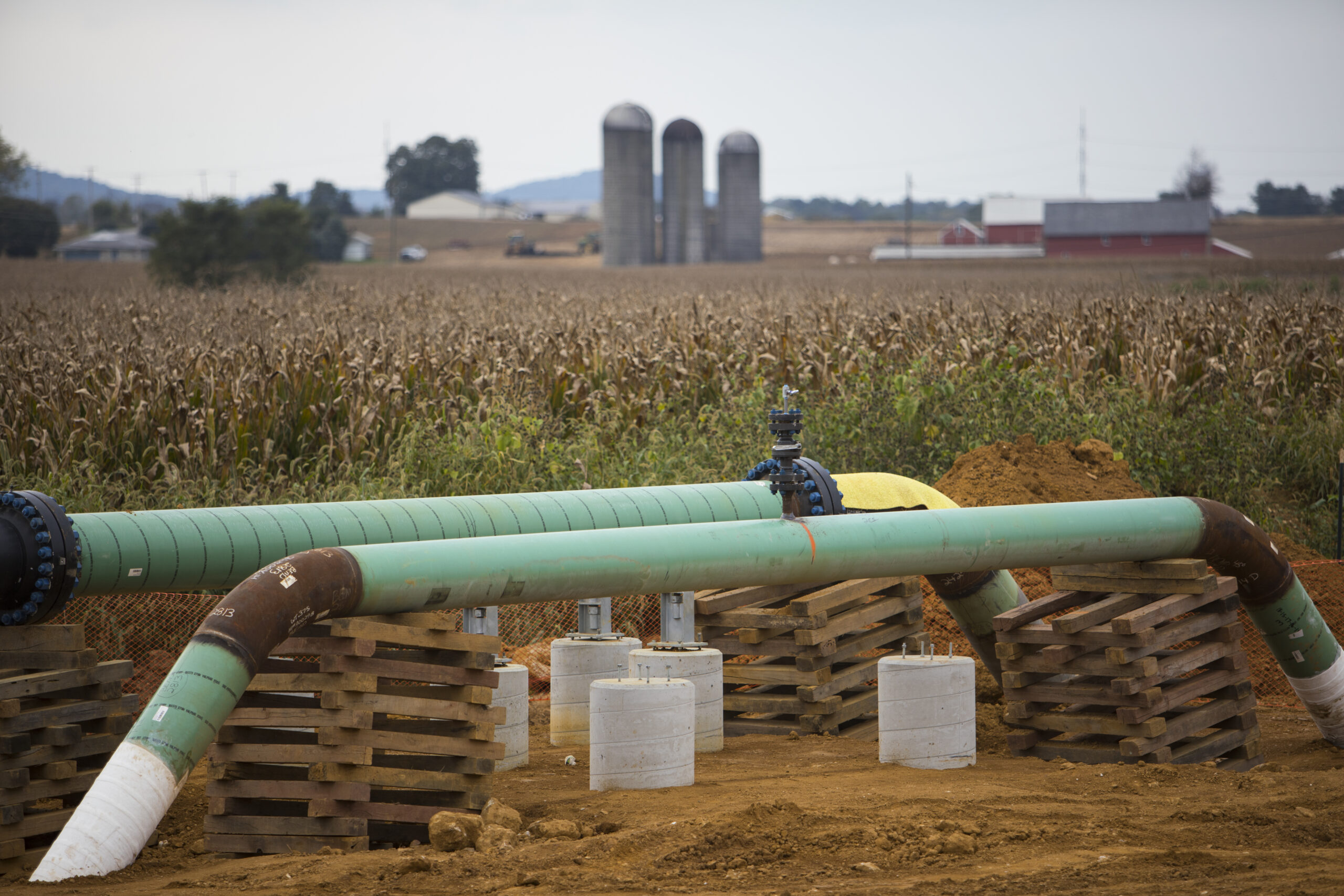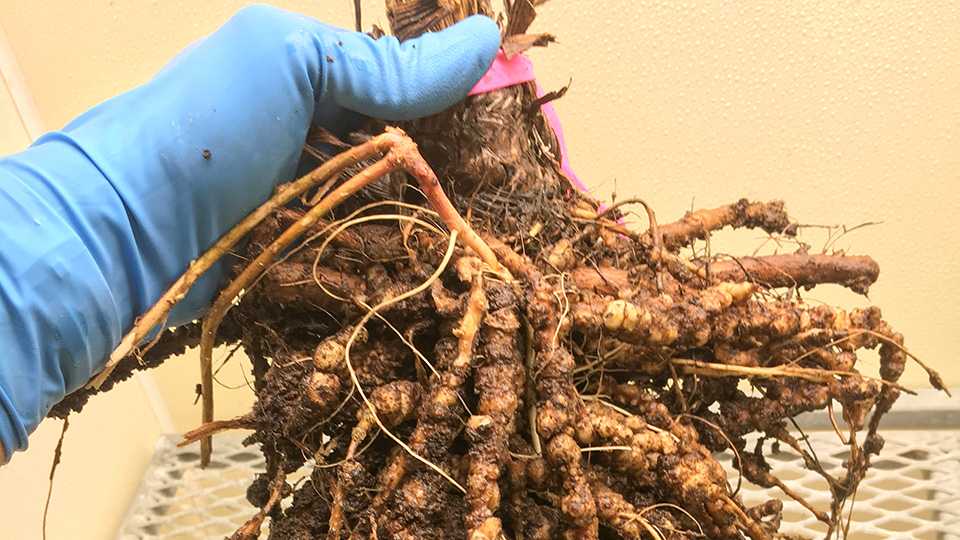A new study from The University of Western Australia reveals that grain growers in Western Australia are increasingly employing on-farm storage, mobile freight capacity and tactical delivery scheduling to manage rising harvest bottlenecks.
Such strategies are critical to maintain market access amid climatic variability, institutional constraints and infrastructure limitations.
Published in Agricultural Systems, the research was undertaken by PhD student Ms Garima (UWA Business School and The UWA Institute of Agriculture), with supervisors Professor Doina Olaru and Associate Professor Brett Smith, from UWA Business School, and Hackett Professor Kadambot Siddique, Director of The UWA Institute of Agriculture.
Logistical pressures are most acute in decentralised production regions with long transport routes and limited receival and labour capacity. In these contexts, growers’ operational flexibility is pivotal in determining access to export markets and sustaining overall supply chain efficiency.
The findings show growers use flexible freight, expanded storage and careful timing to work around misalignments between farm operations and centralised logistics infrastructure.
These strategies are shaped by market signals, spatial disparities in receival sites and transport options, and behavioural heuristics that help farmers cope with institutional constraints.
While these adaptations offer short-term resilience, they also reinforce inefficiencies and inequities in harvest throughput, export timing and access to price premiums. Inland and smaller-scale growers are disproportionately affected by limited freight choices and longer delivery distances.
“Growers are adapting rapidly, but many of their strategies compensate for deeper structural gaps in the logistics system,” Garima said.
“Storage and freight decisions are tightly shaped by spatial inequalities and shifting delivery rules.”
The study contributes to ongoing debates on agricultural systems’ resilience by linking farm-level behavioural adaptation with infrastructure governance and logistics system design. It highlights the need for modelling frameworks that reflect decentralised, spatially differentiated decision-making.
The research was supported by The University of Western Australia, the Grower Group Alliance, and the Australian Government’s Future Drought Fund. Assistance with data collection and harvest events was provided by Grower Group Alliance regional groups, the Department of Primary Industries and Regional Development.
Source - https://www.uwa.edu.au













